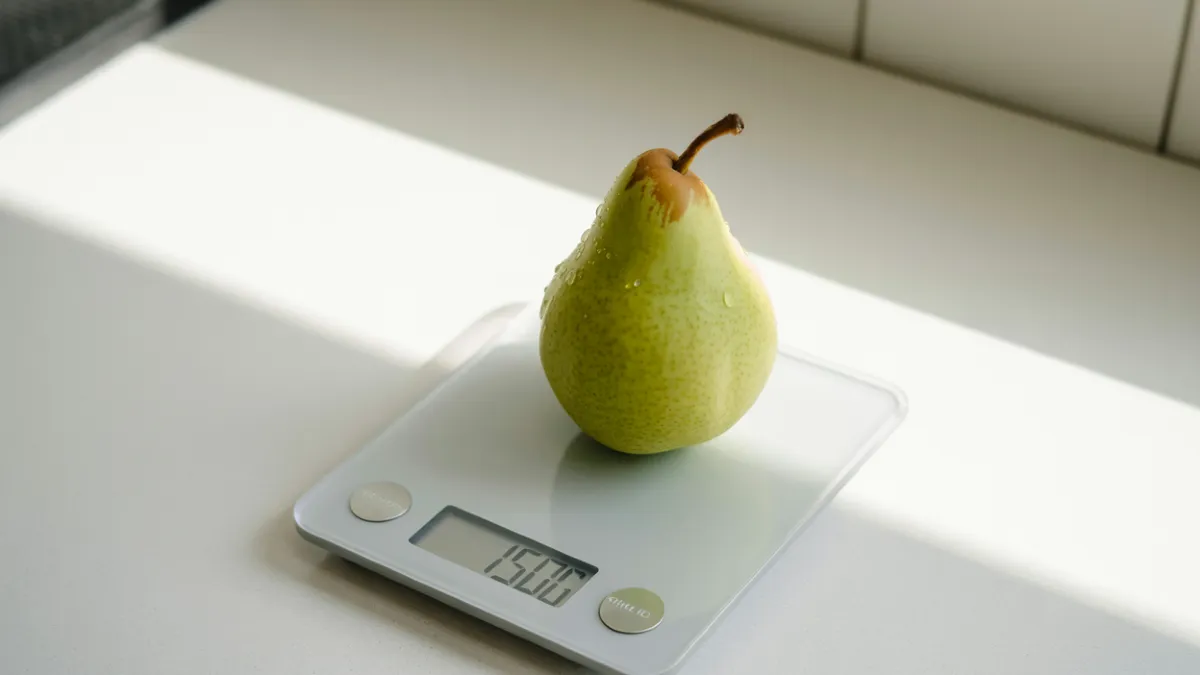What to Eat on a 1,000 Calorie Day (4:3 Diet)

Effective strategies to manage your low-calorie days
The 4:3 diet involves eating normally for four days and reducing calorie intake to 1,000 calories on three days each week. These three low-calorie days can be done consecutively or spaced out—it’s flexible and adaptable to your lifestyle.
Success on these 1,000-calorie days depends on how you distribute your calories, what you drink, and how you manage hunger throughout the day.
Why Structure Matters on Low-Calorie Days
Eating only 1,000 calories in a day can feel challenging. One effective way to handle this is by breaking the day’s calories into multiple smaller meals or snacks instead of a few large ones.
Aim for meals between 50 and 250 calories each, which typically adds up to 4–6 eating occasions per day. This approach helps in several ways:
Prevents extreme hunger and energy dips
Keeps metabolism steady
Makes the day feel less restrictive
Everyone’s rhythm is different—some prefer to eat four balanced meals, others enjoy several smaller snacks. The key is finding what works best for your daily routine.
Smart Strategies to Make 1,000-Calorie Days Easier
Here are some practical habits that can help you stick to your calorie target while feeling satisfied:
1. Wait a Few Hours Before Your First Meal
Delaying your first calories by 2 to 4 hours after waking can improve your ability to manage hunger later in the day. This reduces the eating window, helping you avoid early snacking and spread calories more evenly.
During this time, drink only zero-calorie beverages such as water, unsweetened tea, or black coffee.
2. Stick to Zero-Calorie Drinks Throughout the Day
Avoid beverages with calories, as they can add up quickly without making you feel full. Common calorie-containing drinks to avoid on low-calorie days include:
Juice and smoothies
Soda and flavored soft drinks
Milk, cream, and coffee additives
Choose water, sparkling water, plain tea, or black coffee instead. These keep you hydrated and can also help reduce appetite.
3. Choose Filling Foods That Suit Your Preferences
While there’s no single list of foods everyone should eat, prioritize options that help you feel full without exceeding your calorie limit. Typically, foods with high volume but low calories (like many vegetables) can help, but protein and healthy fats can also contribute to satiety.
Experiment to find what works best for your taste buds and lifestyle. The goal is to feel satisfied enough to maintain the diet day after day.
Avoid Common Pitfalls
Don’t rely on too few meals: Eating only once or twice can lead to overeating later.
Watch hidden calories: Sauces, dressings, and beverages can quickly add unplanned calories.
Don’t ignore hydration: Drinking enough water supports fullness and overall wellbeing.
Final Thoughts: Flexibility Is Key
The 4:3 diet’s low-calorie days can be flexible. Whether you choose consecutive days like Monday–Wednesday or spread them across the week, what matters most is consistency and sustainable habits.
By structuring your day with multiple small meals, delaying the first meal if it fits your routine, and choosing zero-calorie beverages, you can successfully manage 1,000-calorie days without feeling deprived.
Remember, the best approach is one that fits your individual lifestyle and preferences. With practice, these days will become easier and more natural.
